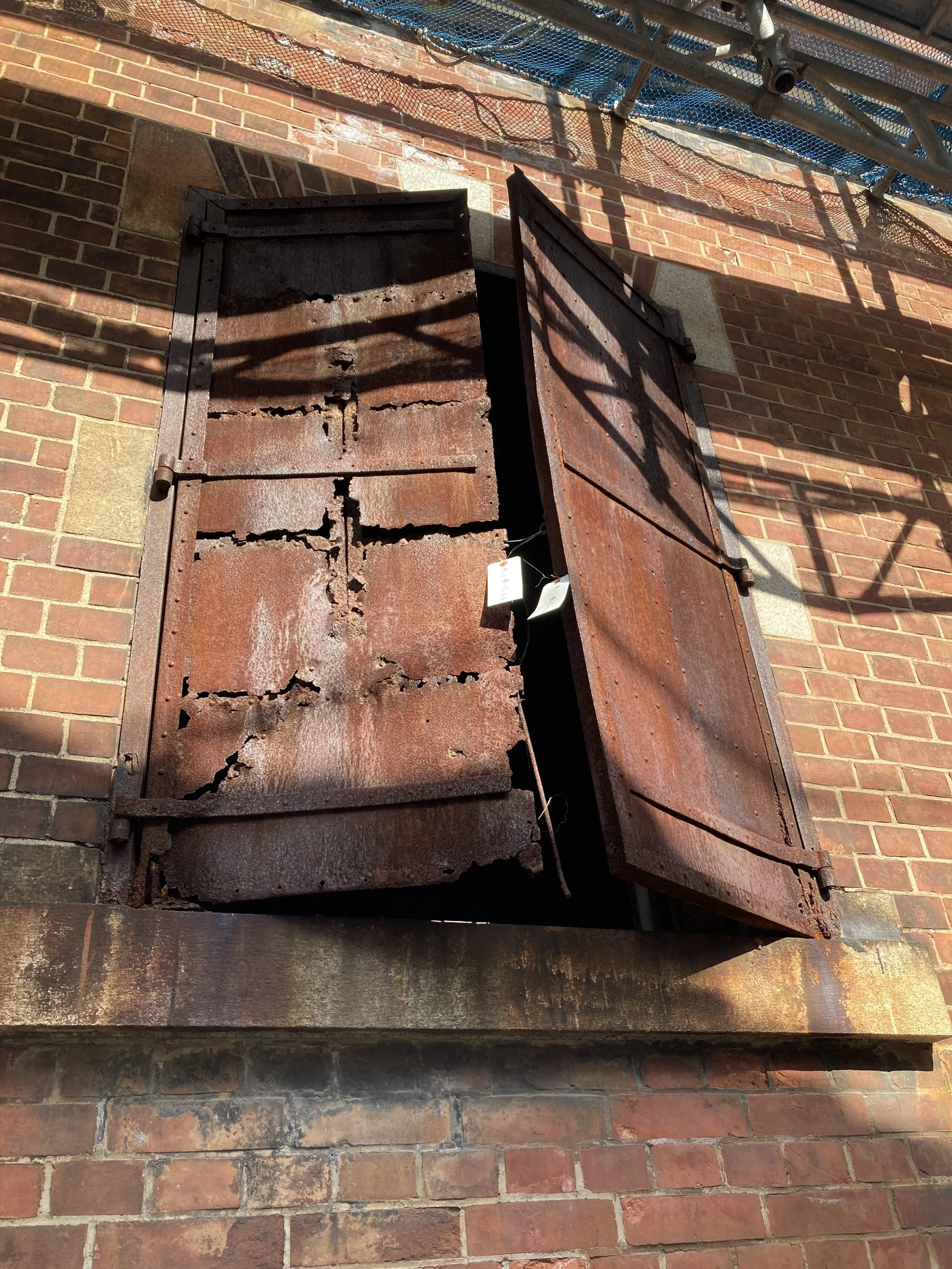A NEW FIND IN HIROSHIMA’S HISTORY
I like to get out and go for a walk on my days off, overwise I’ll just be stuck in front of the computer. Problem is, I’m not one of those people who are content with going to the same place again and agin. Frankly, I’ve had enough of the riverside walk near my home which I’ve been doing for the last seven years, attractive though it is.
But where to go? I’ve lived in Hiroshima for decades, so I’ve pretty much seen everything, been everywhere. I can still spend a week in Kyoto or Tokyo and discover new things, but locally that’s just not a possibility. Or so I thought until yesterday.
I was thinking about going down to the sea, which I love, but the only places I can go to involve convoluted transport, plus I’ve been to them too many times already. So I got out Google maps on my phone and had a look to see if there was somewhere I can walk to from Hiroshima station that I haven’t already been to five hundred times. I wasn’t looking for any spectacular sights, just a normal sector of the city I’m not familiar with, to just get that refreshing feeling of walking streets that are new to me, that’s enough.
My eyes wander across the map to the zone south of the University Hospital and suddenly I see a kind of blank area amid the housing and an intriguing sign: “A-Bombed Deshio Army Clothing Depot Buildings.” Excuse me?
As far as I knew, the only buildings in this city that withstood the A-Bomb are the famous Industrial Promotions Hall in Peace Park, near the epicentre of the blast, and a bank on a street nearby. That’s it. So what are these “clothing depot” buildings and why haven’t I ever heard of them?
I headed out to catch the train immediately, and was soon walking south to find this mysterious locale. Once past the University Hospital, I did indeed find myself in a part of the city with which I was totally unfamiliar. And suddenly I was there : an enormous area, the size of a whole block with four huge red brick warehouses. I mean, these things are massive…and unfortunately, covered in scaffolding. All around were normal houses, dwarfed by these structures.
Now maybe you’re thinking ‘what’s so special about brick warehouses?’ Well, apart from anything else, brick buildings are extremely rare in Japan - wood is the preferred material for construction here. But the point is, these warehouses are about a hundred years old, in a country where a twenty year-old house is considered ancient. And yes, they very obviously withstood the A-Bomb blast. Despite the extensive renovation / restoration work being done, I could see rows and rows of metal shuttered windows, many rusty with age, but also twisted and bowed.
A little bit of research reveals that these were part of a larger number of structures on the site used for storing military gear and employing thousands of people. On the day of the bombing, many people survived thanks to being inside (the warehouses are about 2.7km form the epicentre of the blast). One of the extant buildings was later used as a student dormitory for Hiroshima University up until the early 1990s, with one former student saying how creepy and gloomy it was to live there.
As far as I know, this area has never been a developed tourist attraction, which would partially explain why I haven’t heard about it. Indeed, there was talk of them being demolished, but thankfully it has recently been designated a protected site of national and historical interest and is being fixed up, hence the scaffolding.
I have no idea if the warehouses will be open to visitors after that, but I hope so, as this seems to be an important part of Hiroshima’s history. Or maybe the fact that it was a military depot is not something they want the world to focus on? You do get the impression that Hiroshima is always promoted as a city of peace, without much mention of how before the A-Bombing it was the main staging post for the Imperial armies that were sent out from Hiroshima’s port to conquer East Asia…
Anyway, it was a great find, and while my iPhone photos shown here may not look great to you, it felt truly refreshing to see something new, even if it wasn’t really accessible in any way.
And finally a note to the tourist hordes : no, don’t bother going there - there’s really nothing to see at the moment as it’s all under wraps…
Just one of the four warehouses…and look how far back into the picture it goes (the central gate is at the left edge)…



